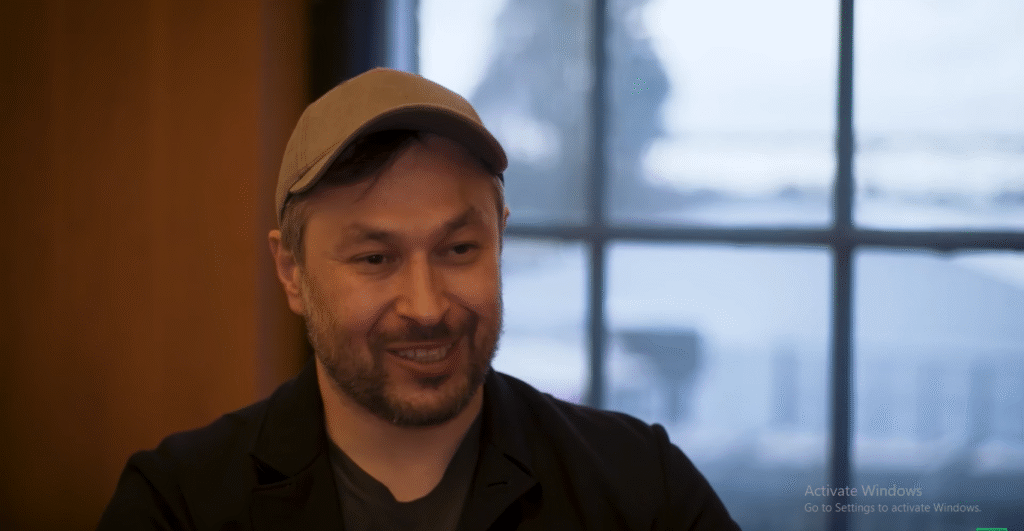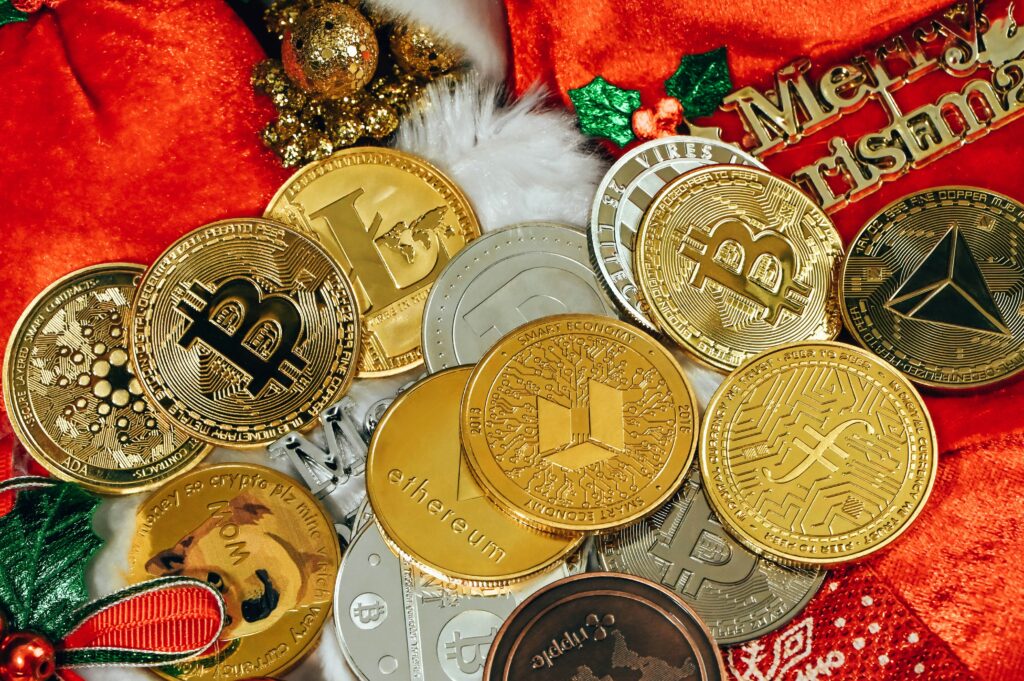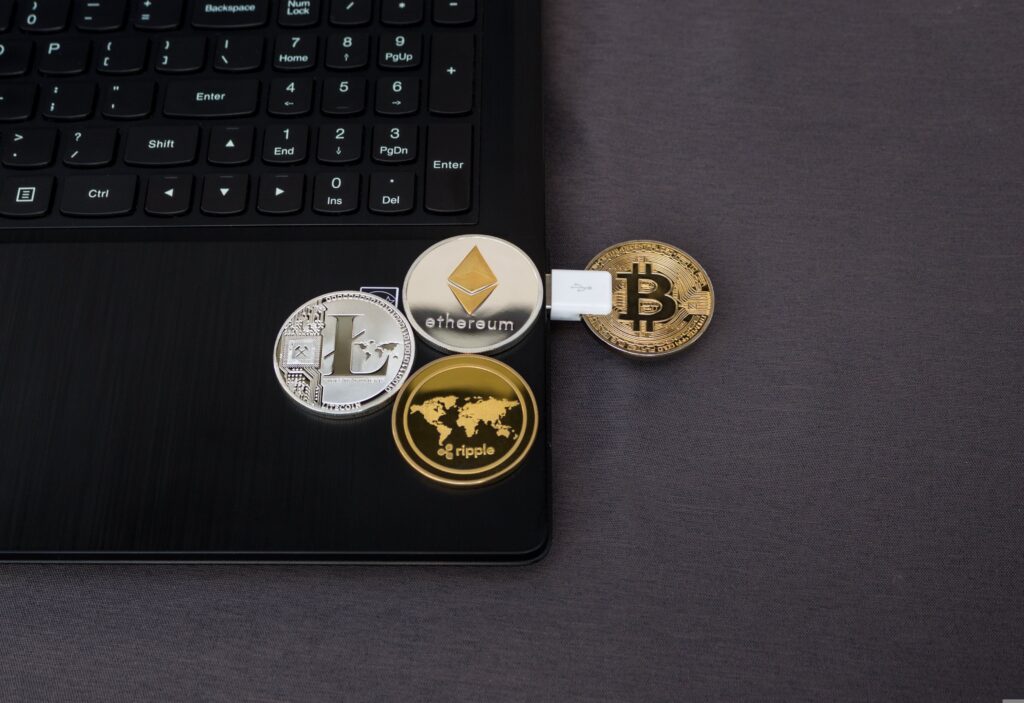Anatoly Yakovenko: 10 Surprising Facts About the Solana Founder’s Life & Career

From Soviet beginnings to building one of the fastest blockchain platforms on Earth, Anatoly Yakovenko’s journey is anything but ordinary. He didn’t just found Solana — he challenged everything we knew about blockchain scalability. Whether you’re deep in crypto or just curious, his story is packed with twists that might surprise you.
Let’s dive into 10 surprising facts about the brain behind Solana.
Who is Anatoly Yakovenko?
Brief Overview of His Role in Solana

Anatoly Yakovenko is the co-founder of Solana, a high-speed, scalable blockchain often hailed as a serious rival to Ethereum. Unlike many founders, Yakovenko is not just a business guy — he’s an engineer at heart. He wrote Solana’s original whitepaper and even now, stays deeply involved in the tech.
Official Website – Solana
Early Public Image and Impact on Crypto World

Initially seen as a “nerd engineer,” Anatoly’s low-key presence in crypto circles exploded when Solana began outperforming others in speed and cost. As the protocol gained adoption, so did his recognition — from crypto panels to TEDx-style events, Yakovenko became one of Web3’s most talked-about builders.
1. Born in the Soviet Union — A Humble Start

Ukrainian Roots and Cold War Childhood
Anatoly was born in the Soviet Union, in a region now part of Ukraine. He grew up in a place shaped by Cold War paranoia, limited freedom, and technical rigor. While many kids his age dreamed of soccer or cartoons, Yakovenko got exposed early to math, electronics, and the structured discipline of the Soviet education system.
Moving to the U.S. in Search of Opportunity
In the 1990s, his family immigrated to the United States in search of a better life. Like many immigrant kids, he faced a cultural shock — new language, new systems, and pressure to succeed. These experiences built the resilience that would later help him power through crypto’s roughest storms.
2. He Once Worked on Qualcomm’s Top Projects
Over a Decade in Wireless Innovation
Before he even touched a blockchain, Yakovenko spent over 12 years at Qualcomm, one of the biggest names in mobile technology. He specialized in compression algorithms, LTE networks, and wireless optimization — basically, the tech that powers your smartphone today.
Contributing to Technologies We Use Daily
Anatoly was part of the teams that made smartphones more efficient. His work helped shape modern mobile communication. This experience with distributed systems and low-latency requirements would eventually become foundational to Solana’s speed.
3. From Gaming to Cryptography — An Unexpected Path

Passion for Games Sparked His Technical Journey
Yakovenko loved video games as a teen. But not just playing them — he got curious about how they worked. He reverse-engineered games, explored rendering engines, and developed a passion for real-time systems. That curiosity led him into programming and system-level thinking.
How This Love for Complexity Shaped Solana’s Design
His gaming background wired him to hate lag. That’s why Solana was built to be ultra-fast, minimizing delays with features like Proof of History, which timestamps every event. For Yakovenko, latency wasn’t just a number — it was personal.
4. Yakovenko Wasn’t Always Into Crypto

Late Entry Into the Blockchain Space
You’d think a blockchain founder would’ve been obsessed with Bitcoin from day one — but not Anatoly. For most of the early 2010s, he barely paid attention to crypto. His focus was mobile systems and distributed networks.
What Finally Pulled Him Into Web3
It wasn’t until around 2017 that he had his “Aha!” moment. He realized that blockchain could be more than slow digital gold — it could support real-time apps, finance, games, and beyond. But no platform was fast enough… so he decided to build one.
5. The Solana Whitepaper Was Written During a Caffeine Rush
The “Eureka” Moment at 4 AM
Yakovenko had the idea for Proof of History during a sleepless night in 2017. After pounding coffee and pulling an all-nighter, he scribbled out the first version of Solana’s now-famous whitepaper in a single burst of inspiration. His focus? Using time as a data structure.
Time-Stamps & Clock Synchronization — The Core Breakthrough
Blockchains are bad at time. Ethereum and Bitcoin rely on messy consensus and slow block confirmations. Yakovenko’s genius was to introduce a synchronized cryptographic clock into the mix. This innovation became Solana’s beating heart.
6. He Built Solana to Solve a Deeply Personal Frustration

Why Ethereum’s Latency Drove Him Crazy
As a user, Anatoly was frustrated with Ethereum. Transactions were slow, gas fees were absurd, and developers had to jump through hoops just to build apps that worked in real time. For an engineer who spent years working on ultra-fast mobile tech, this was unacceptable.
The Drive to Eliminate Bottlenecks in Web3
Solana was built from the ground up to be blazingly fast — processing 65,000+ transactions per second with sub-second finality. It’s not just a tech flex; it’s a direct response to everything Yakovenko hated about early crypto.
👉 Michael Saylor’s Net Worth in Bitcoin: How Much BTC Does He Own?
7. Solana Was Bootstrapped With His Own Money

Raising Capital Wasn’t Easy in the Beginning
Before Solana became a unicorn, investors weren’t exactly lining up. Anatoly and his co-founders scraped together their savings to get started. Early funds came from angel investors and personal networks, not flashy VC rounds.
The Risks He Took to See It Through
He left a cushy engineering job, poured in his own money, and worked tirelessly during the bear market. That’s commitment. Without this risk, Solana might have never existed.
8. He’s a Hardcore Engineer, Not Just a CEO
Still Commits Code and Attends Dev Calls
Even as the head of a billion-dollar project, Yakovenko writes code, debates architecture, and shows up to developer meetups. Most CEOs are busy pitching to VCs — Anatoly is still in the trenches, building.
Why He Hates Bureaucracy and Loves Building
He’s famously anti-corporate and allergic to red tape. That’s why Solana’s ecosystem is decentralized, hackathon-driven, and community-focused. It reflects Yakovenko’s own values.
9. Solana’s Collapse with FTX Hit Him Hard
Emotional Toll and Public Fallout
Solana had deep ties to FTX and Alameda Research, both of which collapsed in 2022. The SOL token price crashed, and critics called the project “dead.” Yakovenko admitted the crash was devastating, both financially and emotionally.
His Response and Path to Redemption
But he didn’t quit. Instead, Anatoly doubled down on development, transparency, and community rebuilding. And it worked — by mid-2024, Solana had one of the most active dev ecosystems and was making a strong comeback.
10. Despite Everything, He’s Still Bullish on Solana

His Long-Term Vision for Decentralization
Yakovenko believes Solana will power the next wave of global-scale apps — finance, games, social media, and even AI. He dreams of a future where every app runs on-chain, in real time, and users don’t even know it’s crypto under the hood.
Why He Believes Solana Can Be the “Apple of Crypto”
He often compares Solana to Apple — beautiful UX, high performance, and seamless design. The goal? Build a blockchain that’s invisible to users, just like iOS is to most iPhone owners.
Lessons From Anatoly’s Journey
What Aspiring Builders Can Learn
- You don’t need to be early — you need to be different.
- Solve problems that frustrate you personally.
- Take risks, even if no one believes in your vision (yet).
The Importance of Resilience in Tech
Whether it’s immigration, market crashes, or haters on Twitter, Yakovenko keeps moving. That’s a trait every founder should learn.
Final Thoughts on Solana’s Visionary
Anatoly Yakovenko isn’t just a blockchain founder — he’s a problem-solver, builder, and relentless thinker. Solana may still face challenges, but one thing’s certain: it has a founder who doesn’t back down.
His story is a reminder that the best innovations often come from unexpected places — and sleepless nights.
FAQs
1. What is Anatoly Yakovenko’s background before Solana?
He worked over a decade at Qualcomm as a systems engineer, focusing on wireless and compression technologies.
2. How did Anatoly come up with the idea of Solana?
He had a late-night breakthrough involving time-stamping data, which became the foundation for Solana’s Proof of History.
3. Why is Solana different from Ethereum?
Solana is faster, cheaper, and uses a unique consensus mechanism (PoH + PoS) to process thousands of transactions per second.
4. Did Anatoly lose money in the FTX crash?
Yes, the FTX collapse hit Solana’s ecosystem hard, both financially and reputationally. Yakovenko openly acknowledged the damage.
5. Is Anatoly still involved in Solana development?
Absolutely. He still writes code, attends dev meetings, and plays an active role in guiding Solana’s technical direction.
Please don’t forget to leave a review.
